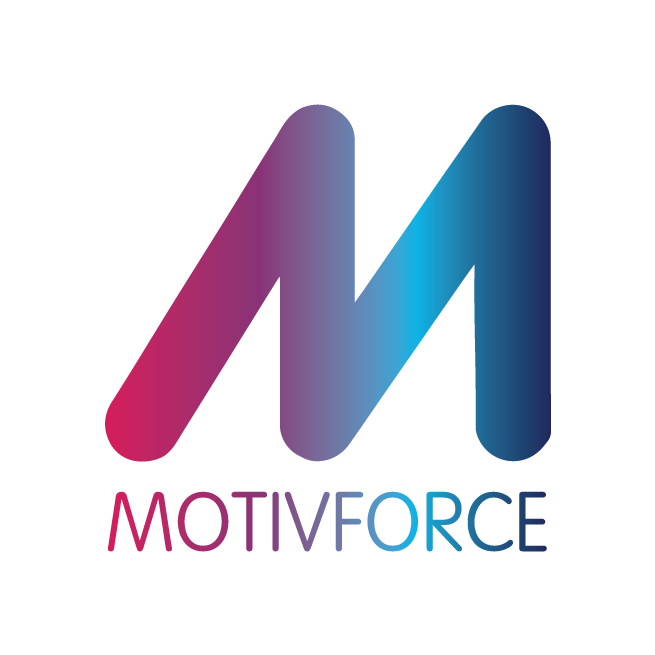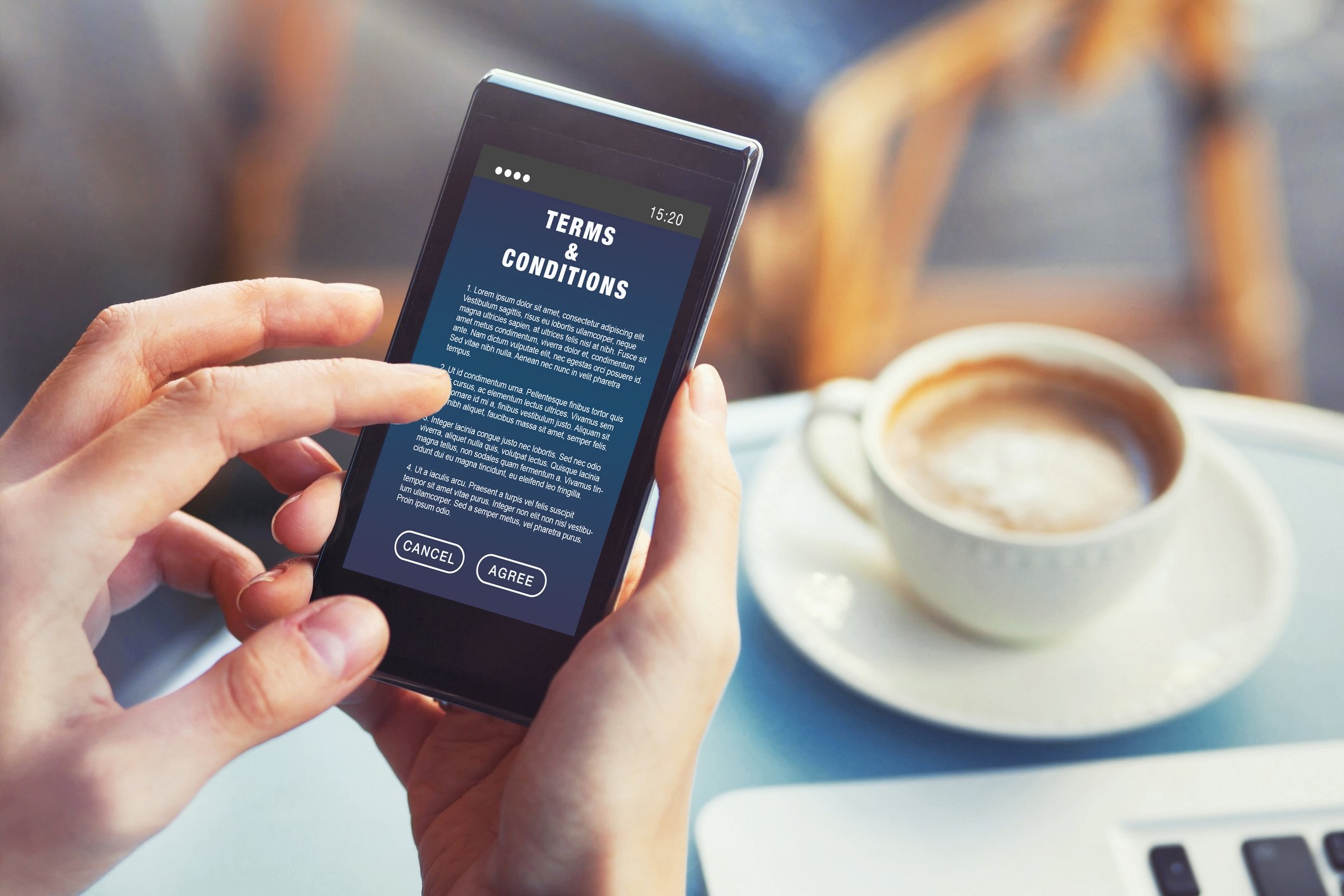Creating your loyalty avatar
By Dr. David Cox
We spend a lot of time and resources in loyalty and incentive marketing creating a unique brand and positioning for our programs. The look and feel is debated, numerous program logos and names are suggested, colour schemes assessed and reassessed, so is the font and layout, before the launch to our target market.
Whilst a lot of time is spent creating this brand and positioning, little effort is spent on developing the “loyalty avatar” that will be used to communicate to program participants, both formally and informally.
The concept of the “loyalty avatar” is to create a character that summarises the brand position and identity of the program. This avatar is then used to create a conversational tone and style that resonates more effectively amongst your program participants than standard corporate policy announcements.
The loyalty avatar
This is most effective when used on the customer service help desk. Many companies fail to invest in training staff in the customer services team to align their responses and communications to the branding of the loyalty program. Instead communication to program participants borders on stale corporate edicts and are reminiscent of dealing with a government department, rather than a motivating loyalty or incentive program. Thus the use of the avatar concept is a strategy to bridge this gap.
Customer Empathy
We wrote a paper a few years back titled “Take a Walk in the Customers Shoes: How attention Bias Modification Affects Ownership of Integrity –Violating Social Media Posts” (2013) that looked at how we can transport customer service teams into having more customer empathy when dealing with queries or complaints. Using this basis we can extend this research to how can we transport our customer service teams to embrace our loyalty avatar.
One technique that we used was to create priming manipulations (word games using words that resonate with our branding and avatar images) periodically to transport the customer service team to embrace the program positioning. When this occurs we see that customer service communications in terms of tone, style and empathy become more aligned to the avatar and hence the brand and positioning of the program.
Matching brand positioning
Ideally, effective transportation will allow your responses to match your program brand positioning in the areas of:
Character or Persona – imagine if your program could actually converse with participants; what profile would they be: male, female, confident, empathetic etc
Tone – formal, edgy, urban etc
Style – Conversational or brief and to the point
Companies invest a great deal to create brand positioning, so it is important that this is delivered via all interactions with loyalty program participants.












